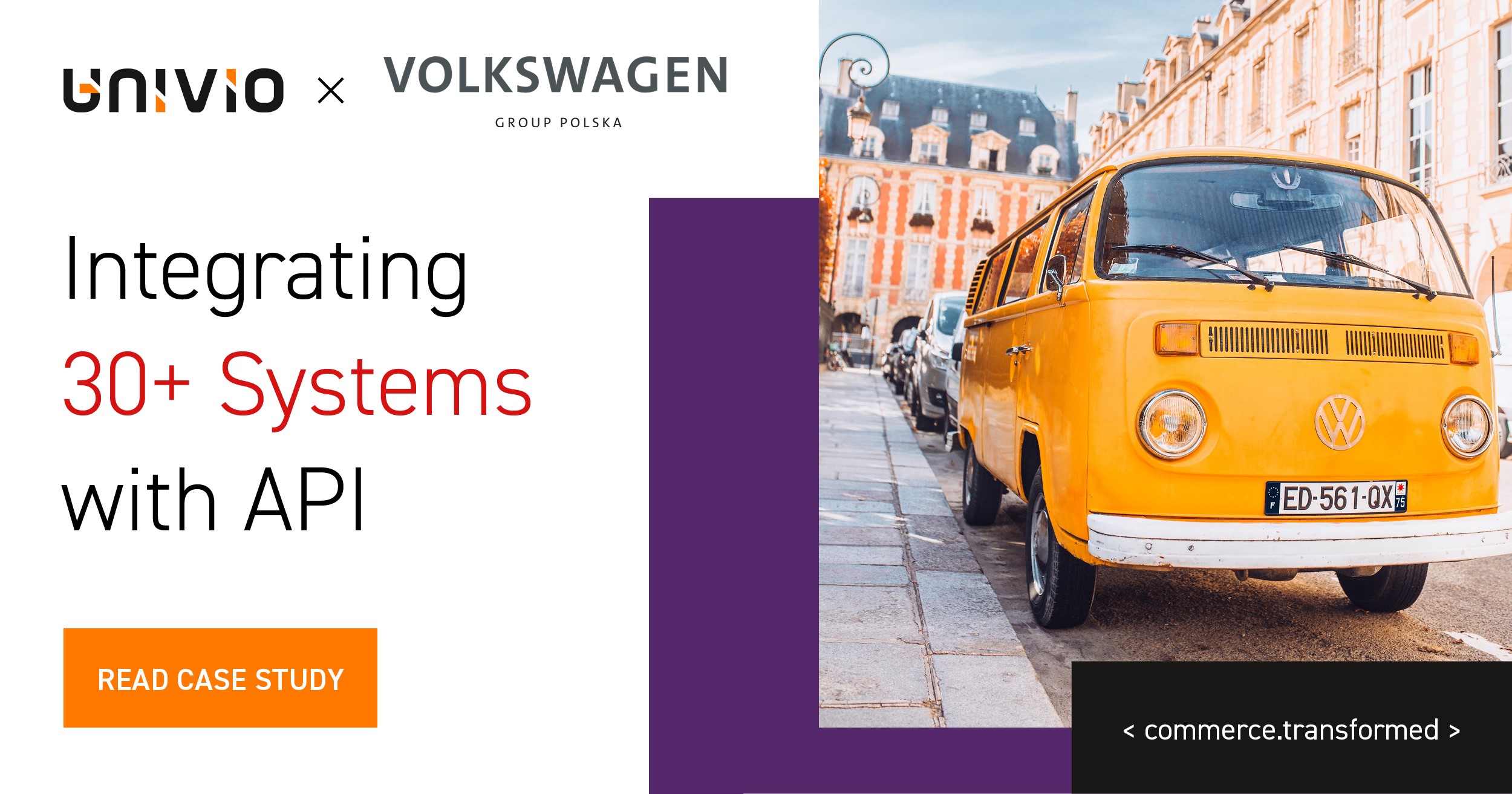MuleSoft Licensing Cost Changes / A Lower Barrier to Entry
MuleSoft, renowned for its robust API management, integration and automation services, is a leading for enterprises looking to streamline operations and foster innovation through connectivity.
Recently, MuleSoft has been transforming its pricing model, moving from a fixed, capacity-based approach to a more dynamic, usage-based pricing structure. This not only presents new considerations for established enterprises, but also new opportunities for smaller companies that were previously priced out of such technologies.
In this guide, we aim to:
- Quickly introduce you to the key technical and pricing changes
- Explore the potential – and benefits – for smaller businesses
- Highlight the key considerations such companies should take before adopting
So, without further ado, let’s jump in!
How Did the MuleSoft Licensing Costs Change?
In short, MuleSoft has moved from fixed pricing of pre-allocated resources (Cores / vCores) to usage-based pricing models. Currently only available as an opt-in for select customers, the new pricing model is based on data flows and messages.
- Mule Flows: In MuleSoft, a flow is a sequence of steps that process an incoming message to produce an outcome. These steps can include transformations, routing, and calling external services among others. Flows are the building blocks of Mule applications, defining the logic that processes the messages passing through the application. Each flow typically starts with a message source (e.g., a listener or scheduler) and includes various components to manipulate and route the message.
- Mule Messages: A Mule message is the data that flows through an application. Each message contains a payload, which is the main data content, and attributes, which include metadata such as headers or properties. MuleSoft applications process these messages, transforming and routing them as defined in Mule flows. Messages can change throughout a flow, with components modifying the payload, adding or removing attributes, and even generating new messages.
- Data Throughput: This refers to the volume of data that can be processed by a MuleSoft application within a given time frame, measured in network bytes. Data throughput can be influenced by various factors, including the complexity of flows, the size of the messages, and the performance of the underlying infrastructure.
At this point, it’s worth highlighting that only specific Mule Messages (and thus, Flows) are considered. According to MuleSoft’s own pricing metrics documentation:
“Mule Flows that do not have an event source and are not used for the routing of APIkit requests are not charged against your Anypoint Platform package allotment. These are Mule flows primarily used to modularize code.”
In short, this is done to ensure you’re only paying for the business use, and the flows used in the regular process of using the platform.
How Granular is The New MuleSoft Price System?
However, it’s worth noting that this new model is not based on individual usage, but rather on smaller, finer packages of messages or data flows. Companies can then purchase additional packages when their current amount runs out. In short, it’s more scalable and cost-effective, but don’t confuse it for a fully CPU-driven equivalent of serverless operations in the Cloud.
While this may mean some fine-tuning, we expect that this could become the norm if it proves successful. It is indicative of the company’s overall transition away from CPU Core / vCore-based metrics. Previously, companies had to estimate resource needs in advance, typically leading to underutilization and wasted expenditure or, conversely, an urgent scramble for more capacity.
MuleSoft Pricing Packages
Under the new system, companies can start with either the Anypoint Integration Starter or the Anypoint Integration Advanced. Both include the technological essentials such as Anypoint Runtime Manager, Anypoint Design Center and DataWeave, alongside Cloudhub and API support, with the key differences lying in the per-usage limits:
- The Integration Starter includes 50 flows, 5 million messages and 10,000 GB of data throughput per year.
- The Integration Advanced includes 200 flows, 20 million messages and 40,000 GB of data throughput per year.
These are not the only differences, but for smaller companies looking to get started, they are the most essential to meeting integration needs. When these limits are exceeded, companies can purchase additional packages of flows (which come with 200GB of Data Throughput as support), messages (licensed in packages of 1 million) and Data Throughput (which comes in packs of 100GB, but even MuleSoft indicates that the vast majority of customers don’t need this option).
Making MuleSoft More Accessible to Medium-Sized Businesses
The introduction of usage-based pricing by MuleSoft represents a strategic pivot intended to make its powerful API management and integration services more accessible to medium-sized businesses. This reduced barrier to entry is down to a few key factors:
- Less financial risk: Instead of paying a large sum for estimated usage upfront, companies can more easily adjust as they go, scaling up or down as necessary.
- Adapting to real-world demands: With a more scalable model, companies can better respond to changes in the market without the risk of overspending on unused capacity.
- Greater agility: With the new model, companies can better innovate and implement new solutions, knowing that the integration with their existing infrastructure is just a simple scale-up, as opposed to an entire new cost calculation.
Together, these factors present MuleSoft as a supporting, underlying infrastructure for all present and future business needs.

Implications for Business Operations
The introduction of MuleSoft’s usage-based pricing model brings about significant operational implications for businesses, particularly in how they approach budgeting, planning, and resource allocation.
Organizations can now align their expenditure more closely with their operational demand, reducing the risk of overprovisioning or underutilizing resources, which in turn enhances financial efficiency and planning accuracy.
Moreover, fostering a culture of continuous learning and innovation within the team will enhance the adoption and optimization of MuleSoft services. Encouraging team members to engage with MuleSoft’s extensive resources, training, and community support can unlock new opportunities for productivity and innovation, driving the business forward in a digitally transformed landscape.
Strategic Considerations for Adoption
For medium-sized businesses eyeing the potential of MuleSoft under its new usage-based pricing, strategic planning is crucial to maximize value.
First, conducting a thorough audit of current integration needs and future objectives can guide the customization of MuleSoft services to the specific requirements of the business. Leveraging MuleSoft’s robust suite of APIs and integration capabilities, businesses can streamline workflows, enhance data connectivity, and foster a more agile IT infrastructure.
When integrating with existing IT landscapes, focus should be applied to areas with the highest potential for impact, such as automating manual processes, enhancing data analytics capabilities and creating seamless customer experiences.

The new MuleSoft price model, paired with its general flexibility, will enable such businesses to start small, targeting key pain points. They can then scale up as needs evolve, ensuring investments directly contribute to strategic goals.
Conclusion
MuleSoft’s shift to usage-based pricing is more than a change in billing; it’s an opportunity for medium-sized enterprises to rethink their approach to integration and API management. This model promises enhanced flexibility, scalability, and cost-efficiency, aligning more closely with the dynamic needs of modern businesses.
For organizations striving to stay competitive in a digital-first world, adopting MuleSoft’s offerings could be a pivotal step in transforming their operations, encouraging a strategic re-evaluation of how integration services can propel their growth and innovation.
This is the time for businesses to harness the potential of MuleSoft, leveraging its powerful capabilities to navigate the complexities of the digital age.
Want to know more?







